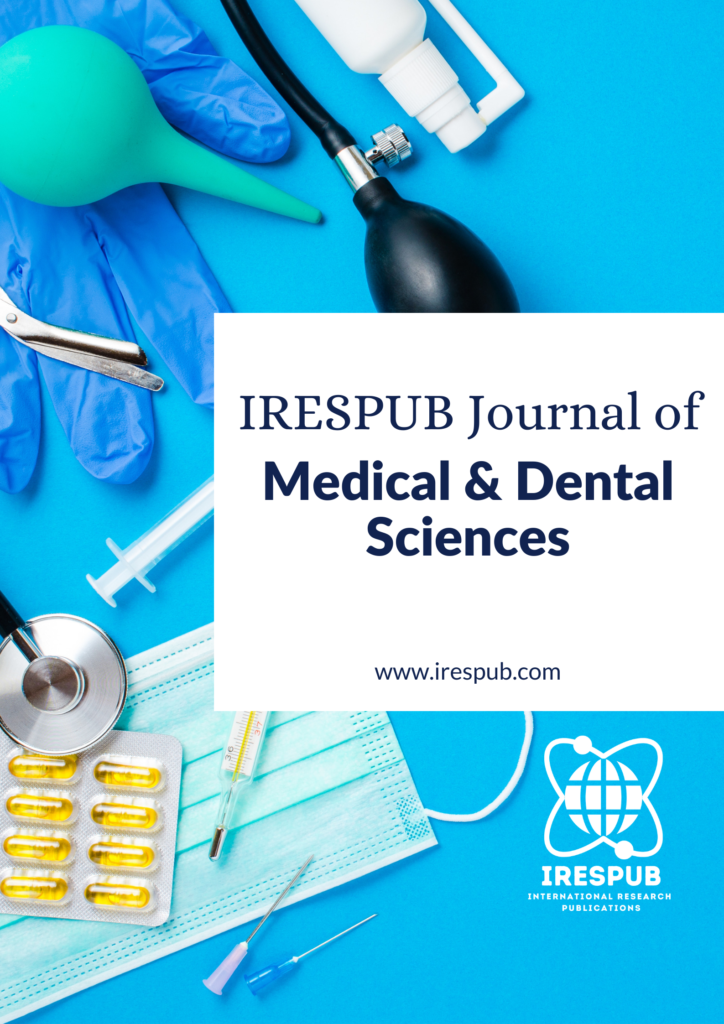
Year Launched: 2021
Journal List
- Natural & Applied Sciences
- Life Sciences
- Business Management
- Education & Literature
- Humanities & Cultural Studies
- Medical & Dental Sciences
- Engineering & Computer Sciences
- Agriculture, Food & Nutrition
- Environmental & Material Sciences
- Wellness & Lifestyle Management
- Arts & Ideas
- Law, Policy & Religion
Uptake of HIV counseling and testing services among Nigerian women attending antenatal care between 2007 and 2017
Volume 1, Issue 1, Nov-Dec 2021 | Page 1-8 | PDF (264K) | Pub. Date: December 29, 2021
Author(s)
Uduak Bassey1*, Dorcas Yetunde Obazee2, Olumide Faith Ajani3, Sola Thomas Sunday4, Abiodun Olakunle Ogunniyi4, Donald C. Udah5, Andrew Nuhu Yashim6, Freddy Rukema Kaniki7, Timilehin Michael Omole8, Chuckunonye Ifeyinwa Aneke9, Paul Olaiya Abiodun10, Felix Olaniyi Sanni11;1*Department of Public Health, Walden University, USA; 2Laboratory, Asokoro District Hospital, Abuja, Nigeria; 3Department of Logistics and Supply Chain Management; University of Science and Technology, Malaysia; 4Nigeria Center for Disease Control, Jabi Abuja; 5Department of Chemical Patholy, University of Ibadan, Nigeria; 6Department of Haematology and Blood Transfusion Service, National Hospital, Abuja; 7Department of Health Sciences Eben-Ezer University, Minembwe, the Democratic Republic of the Congo; 8Department of Strategic Supply Chain Management, University of Roehampton, London, UK; 9Department of Public health, University of Central Nicaragua; 10Department of Procurement and Supply Chain Management, Axios Foundation, Abuja, Nigeria; 11Department of Public Health, Triune Biblical University Global Extension, New York, USA
Abstract
Introduction: HIV testing among women attending antenatal care (ANC) is a principal way of preventing mother-to-child Transmission. This study aimed to assess the uptakes of HIV counselling and testing (HCT) among Nigerian women attending antenatal care from between 2007 and 2016/17.
Methodology: The research used data for the years 2007, 2011, and 2016/2017 from the United Nations Children’s Fund (UNICEF). Data were analyzed using IBM-SPSS version 25.0. The association of uptake of HCT with demographic profiles of the women was determined using logistic regression.
Results: The study comprised 1021, 2927, and 4155 in 2007, 2011, and 2016/17 women respectively. The majority of the women were within age 25–34 (57.8%), married (94.2%), attained secondary education (75.6%), lived in urban areas (51.6%), and 80.4% had good knowledge of PMTCT. HCT uptake during ANC was 72.9%, 73.8%, and 71.8% in 2007, 2011 and 2016/2017 respectively. Four factors were identified as responsible for the decline in the use of HIV counselling and testing. These factors include poor knowledge of PMTCT, lower age category, lack of education, and living in areas. Good knowledge of PMTCT (AOR=1.29, 95% CI=1.15-1.46; P<0.01), age 35- 44 years (AOR=1.49, 95% CI=1.09-1.480; P = 0.002) and higher education attainment (AOR=1.51, 95% CI=1.23-1.84; P<0.01) were the factors that positively influenced the use HCT during ANC.
Conclusion: Despite the increased number of women attending ANC in Nigeria from 2007 to 2016/17, there was a decline in the uptake of HCT between 2011 and 2016/17. It is crucial that the ANC facilities for women are strengthened in terms of consistency and that all women who utilize ANC services are tested for HIV.
Keywords
HIV counselling and testing; Antenatal care; Reproductive
Cite this paper
Bassey, U., Obazee, D. Y., Ajani, O. F., Sunday, S. T., Ogunniyi, A. O., Udah, D. C., Yashim, A. N., Kaniki, F. R., Omole, T. M., Aneke, C. I., Abiodun, P. O., Sanni, F. O. (2021), Uptake of HIV counseling and testing services among Nigerian women attending antenatal care between 2007 and 2017, IRESPUB Journal of Medical & Dental Sciences. Volume 1, Issue 1, Nov-Dec 2021, Page 1-8
References
[1] Ehiri JE, Alaofè HS, Yesufu V, Balogun M, Iwelunmor J, Kram NAZ, et al. AIDS-related stigmatisation in the healthcare setting: A study of primary healthcare centres that provide services for prevention of mother-to-child transmission of HIV in Lagos, Nigeria. BMJ Open 2019;9:1–10. https://doi.org/10.1136/bmjopen-2018-026322.
[2] Sibanda EL, Bernays S, Weller I V.D., Hakim JG, Cowan FM. “Well, not me, but other women do not register because.”- Barriers to seeking antenatal care in the context of prevention of mother-to-child transmission of HIV among Zimbabwean women: A mixed-methods study. BMC Pregnancy Childbirth 2018;18:1–10. https://doi.org/10.1186/s12884-018-1898-7.
[3] Cornelius LJ, Erekaha SC, Okundaye JN, Sam-Agudu NA. A Socio-Ecological Examination of Treatment Access, Uptake and Adherence Issues Encountered By HIV-Positive Women in Rural North-Central Nigeria. J Evidence-Informed Soc Work 2018;15:38–51. https://doi.org/10.1080/23761407.2017.1397580.
[4] Balogun FM, Owoaje ET. How acceptable are the prevention of MTCT OF HIV services among pregnant women in PNDARY HEALTH FACILITY IN IBADAN , NIGERIA ? Ann Ibd Pg 2015;13:17–22.
[5] Ben-Natan M. Women’s willingness to be tested for human immunodeficiency virus during pregnancy: A review. World J Virol 2015;4:245. https://doi.org/10.5501/wjv.v4.i3.245.
[6] Sambah F, Baatiema L, Appiah F, Ameyaw EK, Budu E, Ahinkorah BO, et al. Educational attainment and HIV testing and counselling service utilisation during antenatal care in Ghana: Analysis of demographic and health surveys. PLoS One 2020;15:1–11. https://doi.org/10.1371/journal.pone.0227576.
[7] Gumede-Moyo S, Filteau S, Munthali T, Todd J, Musonda P. Implementation effectiveness of revised (post-2010) World Health Organization guidelines on prevention of mother-to-child transmission of HIV using routinely collected data in sub-Saharan Africa: A systematic literature review. Med (United States) 2017;96. https://doi.org/10.1097/MD.0000000000008055.
[8] Olakunde BO, Adeyinka DA, Mavegam BO, Olakunde OA, Yahaya HB, Ajiboye OA, et al. Factors associated with skilled attendants at birth among married adolescent girls in Nigeria: Evidence from the Multiple Indicator Cluster Survey, 2016/2017. Int Health 2019;11:545–50. https://doi.org/10.1093/inthealth/ihz017.
[9] Cunha GH da, Galvão MTG, Pinheiro PN da C, Vieira NFC. Health literacy for people living with HIV/Aids: an integrative review. Rev Bras Enferm 2017;70:180–8. https://doi.org/10.1590/0034-7167-2015-0052.
[10] Gebeyehu NA, Wassie AY, Gelaw KA. Acceptance of HIV testing and associated factors among pregnant women attending antenatal care in Gunino health center, Southern Ethiopia 2019: An institutional based cross-sectional study. HIV/AIDS – Res Palliat Care 2019;11:333–41. https://doi.org/10.2147/HIV.S226077.
[11] Chizoba AF, Pharr JR, Oodo G, Ezeobi E, Ilozumb J, Egharevba J, et al. Increasing HIV testing among pregnant women in Nigeria: evaluating the traditional birth attendant and primary health center integration (TAP-In) model. AIDS Care – Psychol Socio-Medical Asp AIDS/HIV 2017;29:1094–8. https://doi.org/10.1080/09540121.2017.1317325.
[12] Olakunde BO, Adeyinka DA, Olawepo JO, Pharr JR, Ozigbu CE, Wakdok S, et al. Towards the elimination of mother-to-child transmission of HIV in Nigeria: A health system perspective of the achievements and challenges. Int Health 2019;11:240–9. https://doi.org/10.1093/inthealth/ihz018.
[13] NACA. FACT SHEET: Prevention of Mother to Child Transmission (PMTCT), 2016 – NACA Nigeria. Natl Agency Control AIDS, Abuja 2017. https://naca.gov.ng/fact-sheet-prevention-mother-child-transmission-pmtct-2016/ (accessed September 25, 2020).
[14] Marrazzo JM, Ramjee G, Richardson BA, Gomez K, Mgodi N, Nair G, et al. Tenofovir-based preexposure prophylaxis for HIV infection among African women. Obstet Gynecol Surv 2015;70:444–6. https://doi.org/10.1097/01.ogx.0000466878.37011.6f.
[15] Turan JM, Bukusi EA, Onono M, Holzemer WL, Miller S, Cohen CR. HIV/AIDS stigma and refusal of HIV testing among pregnant women in rural Kenya: Results from the MAMAS study. AIDS Behav 2011;15:1111–20. https://doi.org/10.1007/s10461-010-9798-5.
[16] Udoh EE, Ushie BA. Determinants of antenatal HIV testing in the opt-out approach in Nigeria: Findings from the Nigerian Demographic and Health Survey. J Biosoc Sci 2020;52:473–90. https://doi.org/10.1017/S0021932019000555.
[17] Okonkwo KC, Reich K, Alabi AI, Umeike N, Nachman SA. An evaluation of awareness: Attitudes and beliefs of pregnant Nigerian women toward voluntary counseling and testing for HIV. AIDS Patient Care STDS 2007;21:252–60. https://doi.org/10.1089/apc.2006.0065.
[18] Ali O, Ali O, Felix SO, Imam A, Paul AO. Uptake of HIV Testing : Assessing the Impact of a Community-Based Intervention in Rural Nigeria 2020;21:73–9.
[19] Mogobe KD, Shaibu S, Matshediso E, Sabone M, Ntsayagae E, Nicholas PK, et al. Language and Culture in Health Literacy for People Living with HIV: Perspectives of Health Care Providers and Professional Care Team Members. AIDS Res Treat 2016;2016. https://doi.org/10.1155/2016/5015707.
[20] Ezeanolue EE, Obiefune MC, Ezeanolue CO, Ehiri JE, Osuji A, Ogidi AG, et al. Effect of a congregation-based intervention on uptake of HIV testing and linkage to care in pregnant women in Nigeria (Baby Shower): A cluster randomised trial. Lancet Glob Heal 2015;3:e692–700. https://doi.org/10.1016/S2214-109X(15)00195-3.
[21] Hnh NTT, Gammeltoft T, Rasch V. Early uptake of HIV counseling and testing among pregnant women at different levels of health facilities – Experiences from a community-based study in Northern Vietnam. BMC Health Serv Res 2011;11. https://doi.org/10.1186/1472-6963-11-29.
[22] Olowokere AE, Adelakun OA, Komolafe AO. Knowledge, perception, access and utilisation of HIV counselling and testing among pregnant women in rural communities of Osogbo town, Nigeria. Aust J Rural Health 2018;26:33–41. https://doi.org/10.1111/ajr.12368.
[23] Asiyanbola O, Adejumo PO, Arulogun OS. Appraisal of HIV Counseling and Testing Services Provided for Pregnant Women in Selected Government Hospitals in Ibadan Metropolis, Nigeria. SAGE Open 2016;6. https://doi.org/10.1177/2158244016643350.
[24] Olugbenga-Bello A. I. Perception about HIV testing among women attending antenatal clinics at Primary Health Centres in Osogbo, Southwest, Nigeria. J AIDS HIV Res 2012;4:105–12. https://doi.org/10.5897/jahr11.063.

